On Sept. 13, Chevrolet announced its first-ever 2017 Bolt Electric Vehicle will have a 238-mile range and price starting under $37,500, putting the car just below $30,000 with a $7,500 federal tax credit. It's an impressive car at a relatively affordable price. But, the Bolt is just the last in a long legacy of electric vehicles and commuter cars from General Motors.
GM Thinks Small
I spent many hours thumbing through the auto section in my elementary school library. In one of the books about concept cars was a series of prototype commuter cars proposed by General Motors in 1969. A couple where tiny two-passenger city cars, but the one I thought was the coolest was a low-slung silver three-wheeler.
These “Commuter Series” prototypes from General Motors were a late '60s take on 1950s bubble cars like the BMW Isetta, Messerschmidt, and Heinkel. They predated Daimler-Benz’ Smart by over two decades. Like the bubble cars, GM’s would offer affordable and efficient transportation, but also explored a future of hybrids and electrics.
“In such studies, we gain proficiency and experience in a highly specialized field of vehicle engineering,” said Harry F. Barr, then-Vice President, GM Engineering Staff. “All of these special purpose cars represent an engineering philosophy that differs from contemporary automotive practice wherein we design and build larger or general purpose cars.”
Five cars were developed and demonstrated for GM’s Board of Directors:
512 Electric
Long before Tesla, or GM’s own EV1 and Volt, the 512 Electric demonstrated travel without gasoline. It featured an 84-volt battery pack comprised of Delco-Remy lightweight lead-acid batteries (hey, it’s all relative). A complete recharge from a household 115-volt outlet required 7 hours, providing 58 miles of range at 25 mph. At 30 mph, range dropped to 47 miles. Go from 0-30 mph in 12 seconds. You weren’t going far or fast, but you were going there without fossils – astonishing in an era of big block gas guzzlers.
The little red 1,250-lb. car was designed to be sporty with a sloping front canopy that could be removed on sunny days. The body is fiberglass over a steel chassis floorpan and rollbar. Two passengers entered through a side pivoted front door and rode on a small bench seat. Interior features included a heater-defroster, turn signals, windshield wiper, horn, and cooling blower (not air-conditioning).
512 Hybrid Gasoline-Electric
This concept explored gas-electric powertrains, now called “hybrids”. It initially accelerated on electricity from a 72-volt battery pack, engaged the 12 cubic-inch (0.2 liters) gasoline engine at 10 mph, and ran on gasoline alone at steady speeds. Batteries were charged by the gasoline engine or through an 115v household outlet.
The system generated just 13.8 horsepower, limiting speed to an urban-only 35 mph. Patience mattered; 0-30 mph rolled up in 16 seconds. GM estimated 150 miles of driving range, or just 5.2 miles on electricity alone.
Stylistically, the little blue 512 could be confused for a Smart car with its 50-inch wheelbase and 1,250 curb weight. Two passengers entered through an articulating canopy and sat on a bench seat. Luggage could be loaded behind the passenger seat or through the rear hatch. Demonstrating further innovation, the body consists of aluminum panels over a tubular steel frame.
512 Gasoline Vehicle
Here’s the supercar of GM’s micro mites. A yellow roadster with integral plastic construction, the car rode on a 52-inch wheelbase and weighs just 950 lbs. – mainly because it goes without a windshield or top. Styling is similar to the 512 Electric.
Making it different is the two-cylinder 12-horsepower aluminum engine, attached to a variable ratio V-belt automatic transmission, which was engineered with future emission controls like a catalytic converter and air injection system. GM claims the car would accelerate from 0-30 mph in just 18 seconds on the way to a 45-mph top speed. At 70-MPG, the four-gallon tank enabled 280 miles of driving range.
511 Commuter
While the 512-series prototypes were never intended for fast freeway traffic, the 511 was. The three-wheeled car was designed to take two people from the suburbs to downtown and back with a minimum of fuss.
The idea of the three-wheel design was to decrease complexity, provide stability, enhance maneuverability, and to streamline the shape over a backbone chassis. A fiberglass body helps keep weight to 1,300 lbs. (over 500 lbs. less than a Smart). The rear-mounted four-cylinder engine is a 66 cubic-inches (1 liter) unit from GM’s German Opel subsidiary. It produces 67 horsepower at 6,000 rpm – not far off the mark in power or size from my Smart’s engine. Gears shift via a three-speed automatic transmission. GM claims 0-60 mph in 16 seconds and an 80 mph top speed. In city traffic, fuel economy was estimated at 30-35 MPG.
Passengers entered through a single hinged and counterbalanced canopy and rested in semi-reclining seats built into the body. Since the seats didn’t move, the pedals were electrically adjustable. Steering was by an aircraft-style yoke.
XP-883 Mock-up
One additional mock-up was shown (no photos available). While not drivable, it threw the technological book at the wall. The four-passenger car had a two-door fiberglass body that placed two passengers up front and two children facing the rear. Rear access was through an up-swinging door ala classic station wagons.
GM’s design staff envisioned the XP-883 as having a variety of powertrains ranging from a two-cylinder gasoline engine to a hybrid and pure electric lay-out. In gas mode, it would presumably run 0-60 mph in 28 seconds and top out at 60 mph. The hybrid would use six 12-volt batteries with onboard and external chargers. Batteries would be placed beneath the rear passenger seat.
In the end, GM never produced any of these cars and they remained fantasy concepts in library books and buff magazines. But, the ideas they generated manifest themselves in the 2017 Chevy Bolt electric car that can take four passengers 238 miles on a charge of its lithium-ion batteries – and keep them in air-conditioned comfort, connect them with 4G LTE Wi-Fi, and plot a course via satellite navigation. I wouldn’t even try to explain the extended-range Chevy Volt to 1960s engineers.
Storm Forward!
Send comments to Casey at AutoCasey@aol.com; follow him on YouTube and Twitter: @AutoCasey.
 DONATE
DONATE



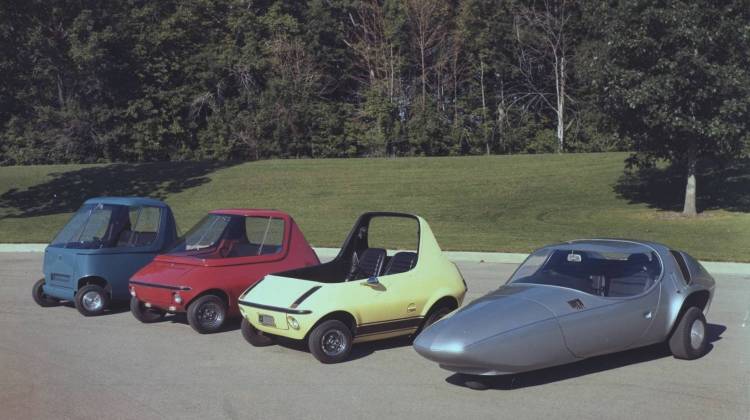
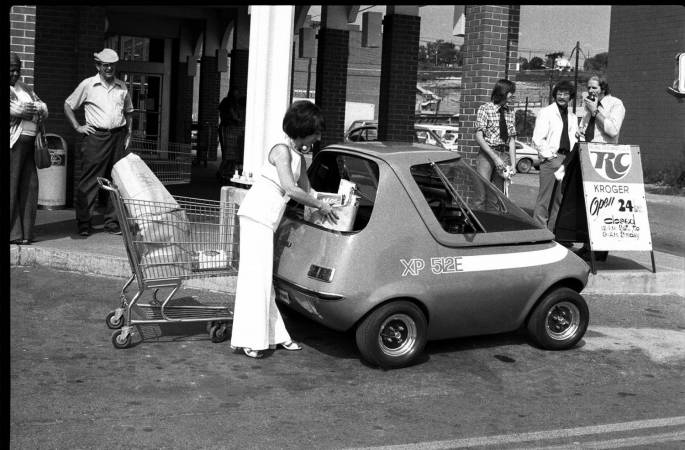
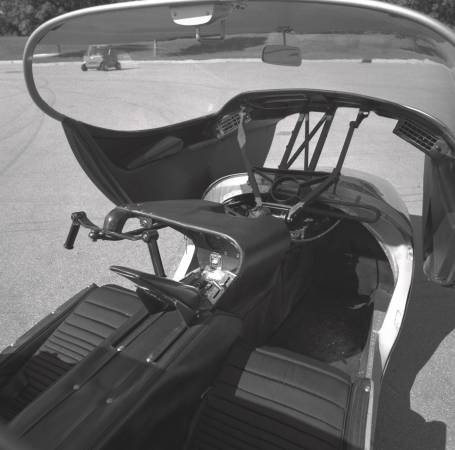
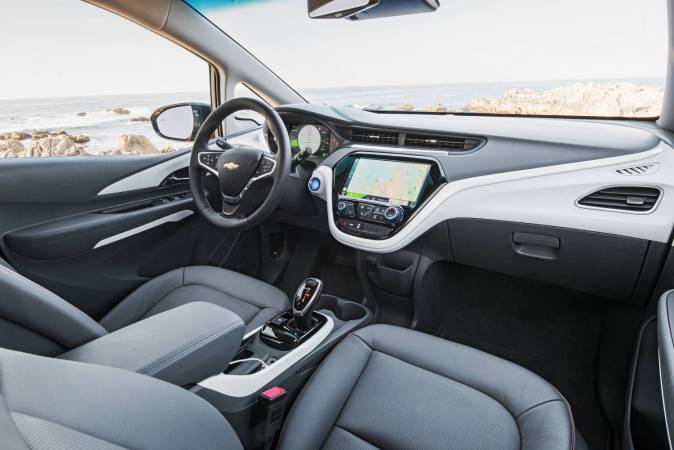
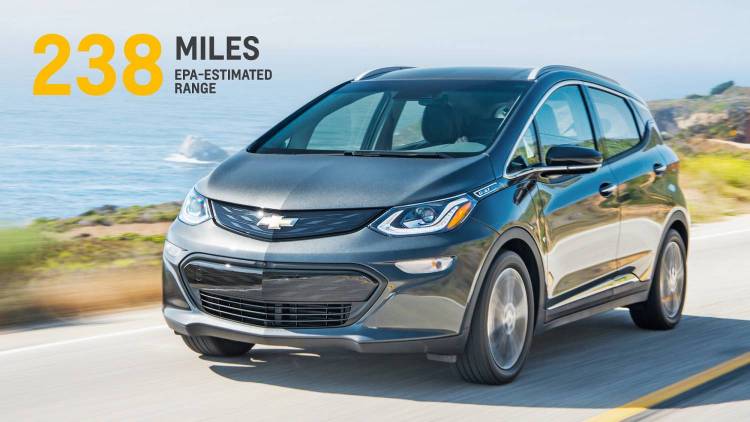
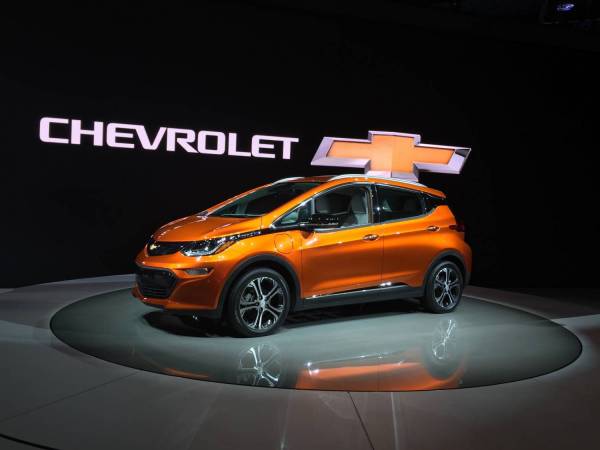
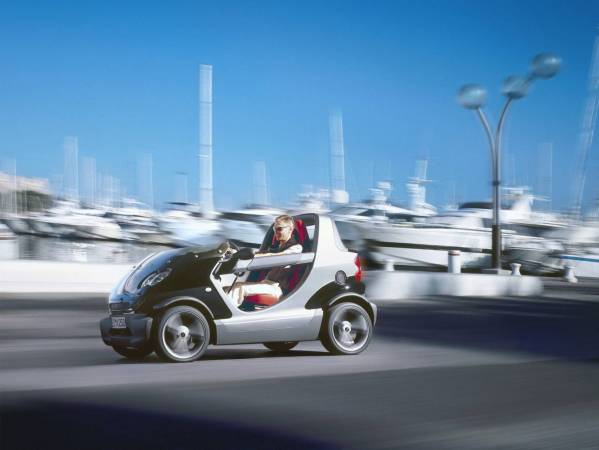
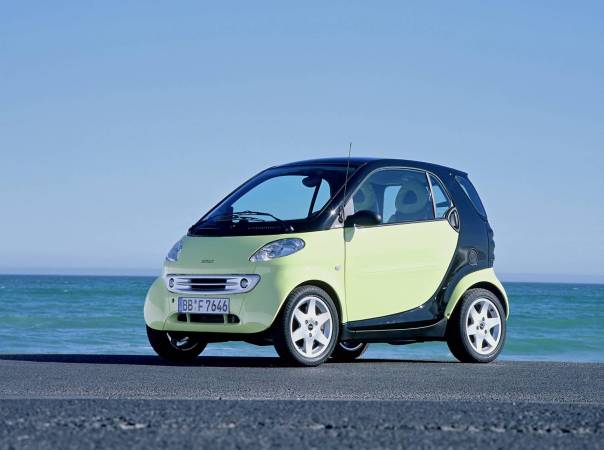
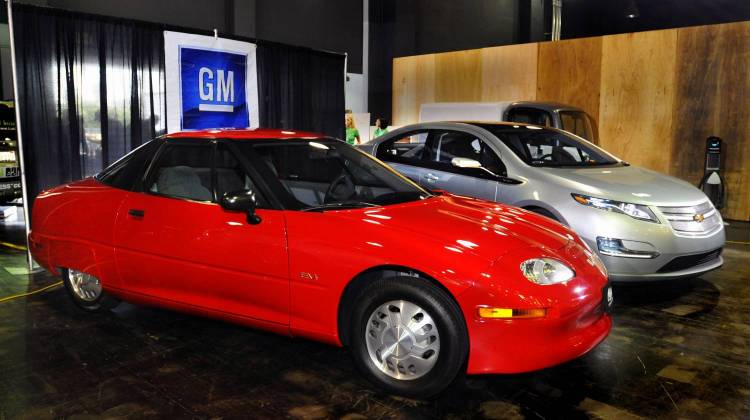
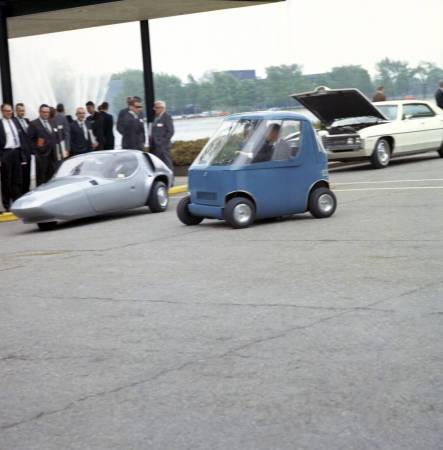
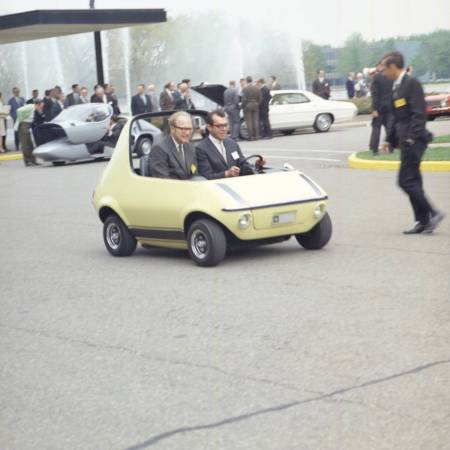
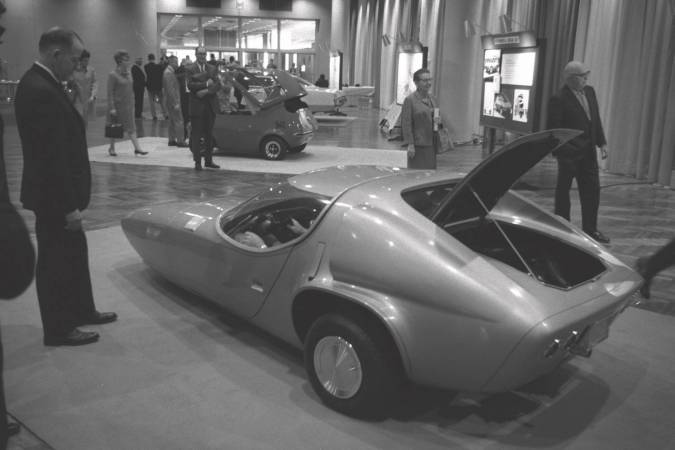
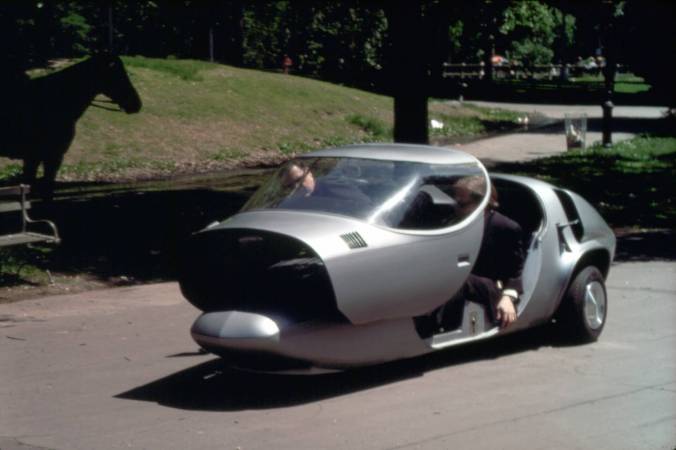
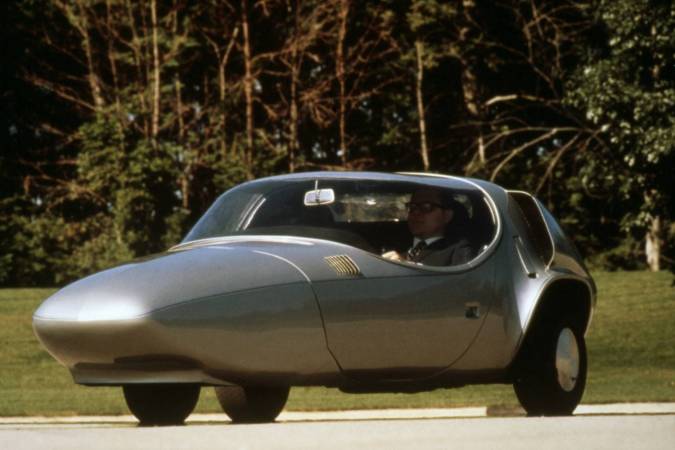
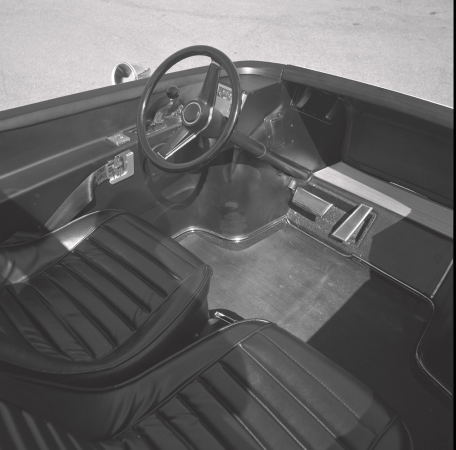
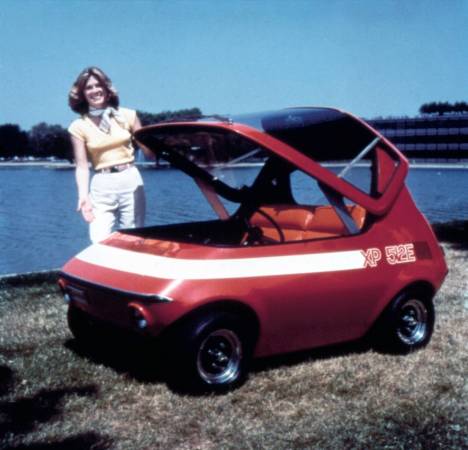
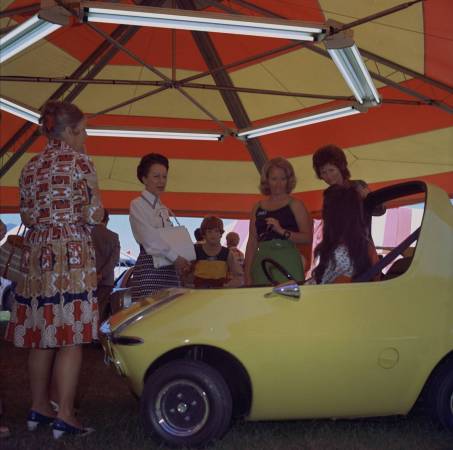
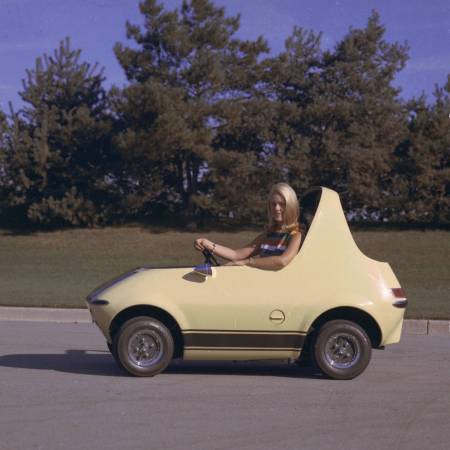
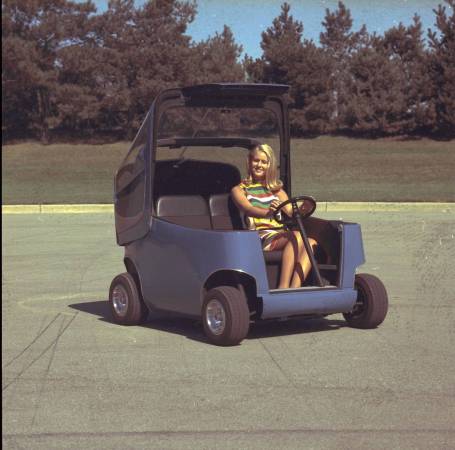



 View More Articles
View More Articles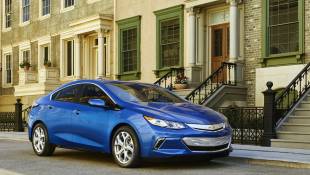
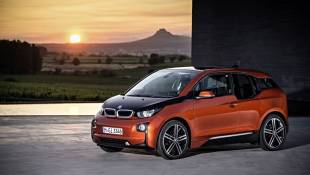
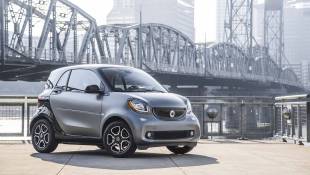


 Support WFYI. We can't do it without you.
Support WFYI. We can't do it without you.